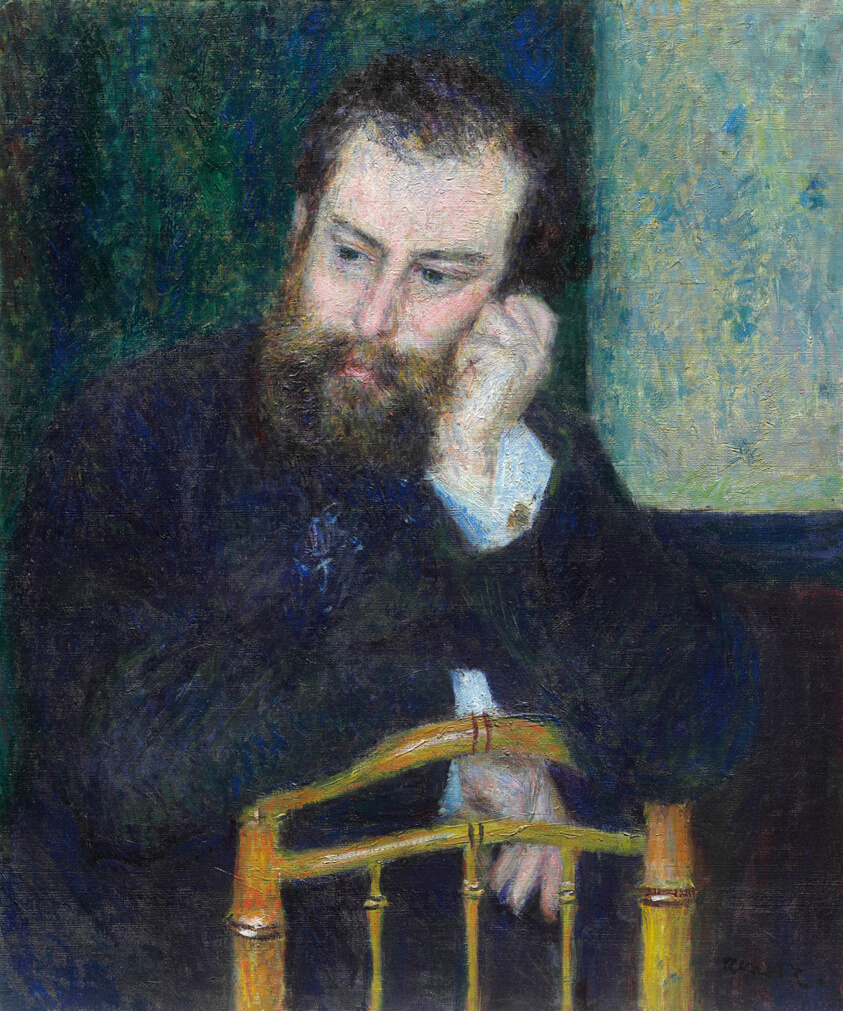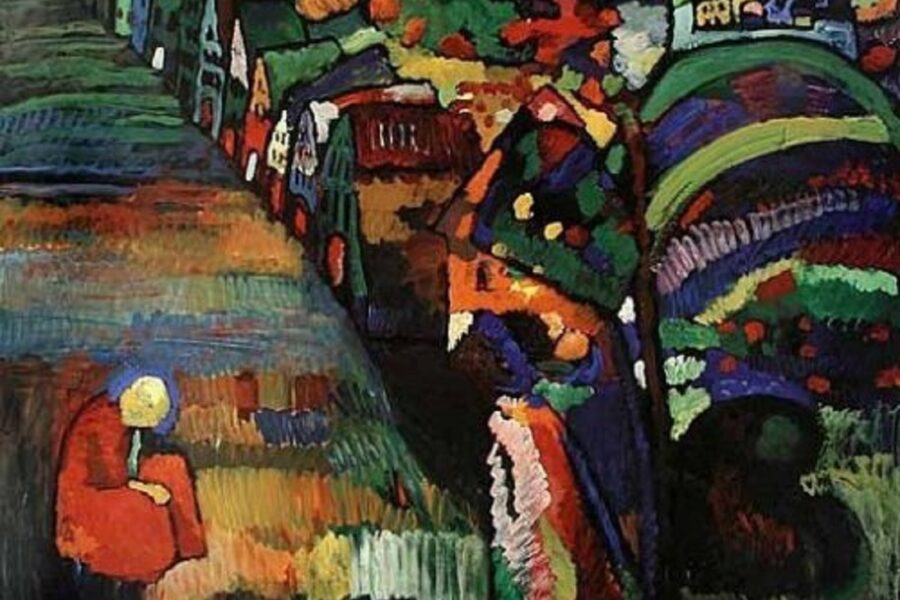June 3, 2018, by Colin Moynihan – Excerpt
“Christie’s says it is committed to ensuring that artworks looted during World War II are not offered for sale. But one buyer is now asking the auction house to return money he paid a decade ago for a painting recently identified as having been plundered by Nazis in 1940 from a Jewish collector in Paris.”
“Alain Dreyfus, an art dealer in Switzerland who bought the painting, Alfred Sisley’s “First Day of Spring in Moret,” at a 2008 auction in New York City, said that Christie’s did not sufficiently examine the work’s history before putting it up for sale.”
“The painting and the disputes surrounding it were the subject of a lengthy report last week in Le Monde, which stated that a Lindon descendant had filed a claim related to the painting in a court in Paris.”

Image: Pierre-Auguste Renoir, Alfred Sisley, 1876. The Art Institute of Chicago.
“Lindon had placed the Sisley and the rest of his collection in a bank safe before he fled Paris when the Nazis invaded the city, an investigation by the Mondex Corporation, an art recovery company based in Toronto, showed. The works were then confiscated and deposited at the Jeu de Paume for further processing. According to Mondex, records indicated that the Sisley work had at one point been held by Hermann Goering, the Reichsmarschall who was heavily involved in the Nazi art seizures.”
“But the Mondex company has argued differently. In an email in September to Monica Dugot, Christie’s international director of restitution, James Palmer, the founder of Mondex, wrote that Christie’s could have consulted a directory of looted items published in France in 1947, which stated that several Sisley paintings, including three “Spring” scenes, were stolen from there.”
This is an excerpt from this New York Times article. Full article through this link: https://www.nytimes.com/2018/06/03/arts/design/christies-nazi-art-alfred-lindon.html?searchResultPosition=16.


